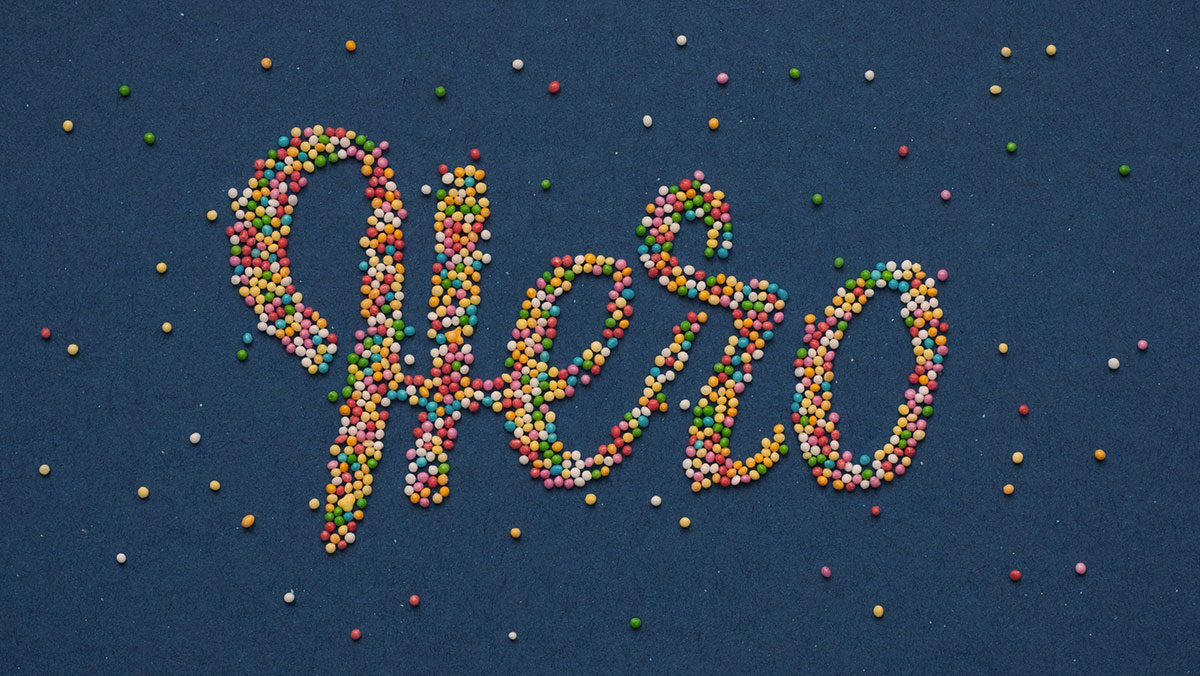
As my fellow brand thinker Nick Liddell recently pointed out in his piece, The Exploration of the Human Psyche: Jung’s Archetypes, there still is a troubling notion lingering around that the Jungian archetypes are the universal foundation to all human experience.
The idea of having 12 distinct archetypes that articulate patterns of human characters and motivations is certainly intriguing but, unfortunately, it is not based on any scientific evidence. In any case, it has not stopped brand professionals from forcing strategy into this framework, reducing archetypical thinking into a rite of passage in brand development, and oftentimes creating the effect of a school exercise, rather than a genuine opportunity for an ‘aha!’ moment. That being said, if used right, brand archetypes can be immensely helpful in positioning and innovation. Let’s see when and how we can utilize this framework skillfully.
Choosing your archetype
To start with, we need to understand the exact function of archetypes. They provide a center point that helps synchronize all brand elements, serving as a control to measure initiatives against and differentiate our brand from similar ones competing with one another in the same marketplace. Moreover, in complex arenas, approaching abstract problems through the mind of this imaginary persona can concertize matters, helping brands tackle them meaningfully. Sustainability is a great example, as its convolutedness can be daunting and therefore restricting.
Most brands are so overwhelmed with where to start and how to prioritize initiatives that they either abandon taking action altogether or follow the tactics of their peers without critical thinking. The latter option accelerates copycatism, and that’s when market players start to look, act, and talk the same way.
The system of archetypes offers a possible solution to avoid this problem. These personas help assess what the brand stands for, what it really cares about, and how it goes on about those changes. They guide where to begin to tap into the sustainability framework while ensuring that brands stay true to their narratives. Let’s say we have chosen the archetype, and for the sake of this exercise, it is the ‘Hero’. So, what’s next?
Being the ‘Hero’
It is time to (re)assess our brand foundations as a base for future sustainability goals. We should ask ourselves:
- What is our purpose?
- What motivates our customers?
- What is our ideal(ized) world?
- What can I do with every action to steer the wheels towards this vision?
Once we understand those macro questions, we can go on and set achievable micro-goals that correspond to our answers. Consumers must know what is at stake, and solutions must be offered according to their worldview. Let’s see an example in practice.
Our chosen archetype, the Hero, is known from its superb ability to overcome difficulty, to embrace adventures, and to push limits. Consumers who gravitate towards this archetype live to break free from the constraints of the traditional world, they value strength, and must be given a mission to feel at ease in the world. They gravitate towards brands that set challenges and provide opportunities for achievement. According to the CFDA, there are four primary areas of sustainable brand operations:
- Creativity (how to make the world a better place through design);
- Environment (how can we limit our footprint);
- People (how do we support our communities);
- Governance (what company cultures and policies we apply).
When evaluating our role in these areas, in tone with our mantra, “what would the Hero do”, we must come up with fresh, engaging, and genuine solutions.
The ‘Hero’ in practice
Now, let’s get tactical examples of how this pans out in the branded world. To tap into community engagement, The North Face created the “Explore Fund”, supporting underrepresented communities and women in outdoor adventures. With this mission, they provide a chance to fight social constraints, as well as physical. Nike alumni Wone has partnered with fabric innovator Polartec (supplier of the US Navy and Army) to create high-performance leisurewear made exclusively from recycled materials, scoring not only on a battle for environmental preservation but strengthening their position as a Hero in this collaboration of power players.
The archetype may be observed in less obvious categories as well, for example in the case of FedEx that was selected as one of the best employers for diversity by Forbes, in 2019. When working with this framework to tackle sustainability, the end goal should not be to find one single solution that solves everything but to articulate concrete approaches that help envision a better world.
We should not force brand archetypes in every brand exercise. It is an easy way out, and in the long-term removes the complexity from brand personality. That said, when used sporadically, they serve as a wonderful system to simplify and penetrate complex problem-solving, helping us to prioritize and tackle issues one day at a time. They ensure the construction of unique value chains while differentiating from our competitors. The archetypal framework is essentially a compass, that synchronizes brand elements and steers the strategy into a unique but decisive direction.
Cover image source: Umberto
